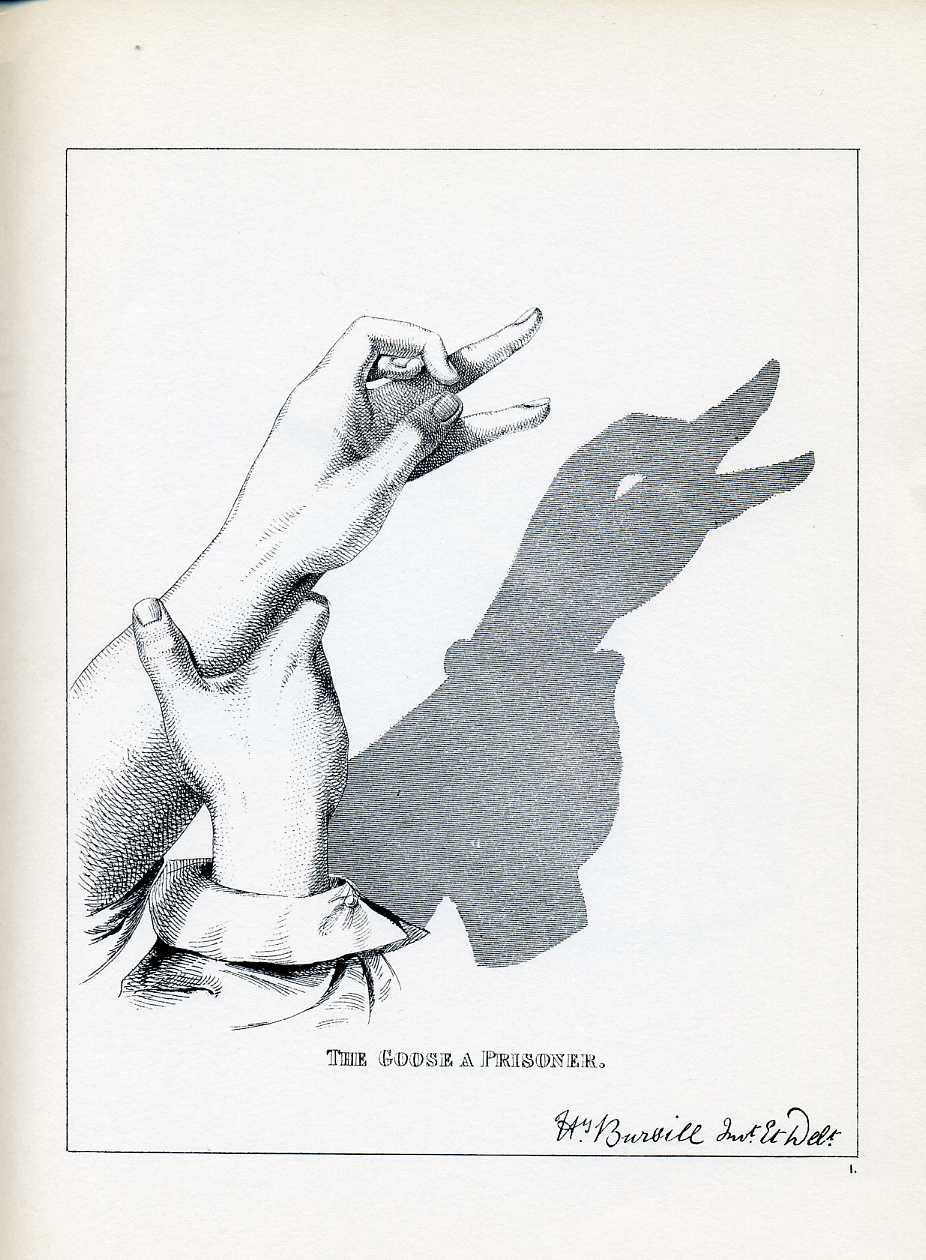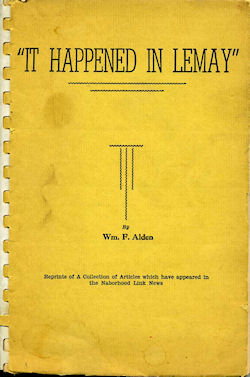You’re thinking that I’ll pretty much count anything as a book I’ve read, especially when I look like I’m going to fall short of the 100 annual goal. After all, I could flipping through craft books. How much lower can I sink? How about a book that’s nothing but hand puppets and titles? You betcha.
That’s what this book is: a collection of hand puppets, including a two-dimensional representation of how you’re supposed to make them and the representation of what it looks like when you’ve done it successfully. It’s only one side of the page, too, as this volume recreates a book published in the middle of the nineteenth century. Back when they didn’t have electricity and wanted to entertain themselves at by candlelight or whale oil lantern, this is what they did.
I thought the book was starting out from a bad spot when it showed this:
Look at that finger on the top hand. Is that the ring finger? Is it even attached to the hand? The book didn’t say anything about needing a knife to make any of the shapes.
Fortunately, the rest look easy to accomplish. With practice. Just what I need, another hobby. I’ll get right on it, once I figure out how to successfully operate a sewing machine and learn the harmonica.
A quick perusal, something you can do while watching the football game or, if you’re like me, trying to avoid watching the Packers play a good quarter and blow it in the second half. Which they did not do this week, I heard; I don’t know, I was breaking my own fingers trying to make hand shadows.




